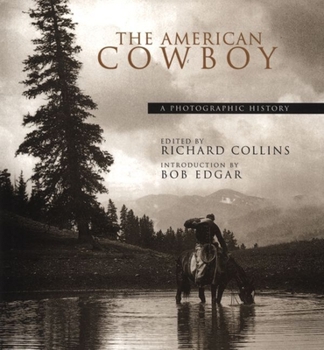Craftsman Homes
Select Format
Select Condition 
Book Overview
Gustav Stickley's own compilation of the best of his designs.
Format:Paperback
Language:English
ISBN:1585744921
ISBN13:9781585744923
Release Date:June 2002
Publisher:Lyons Press
Length:216 Pages
Weight:1.41 lbs.
Dimensions:0.6" x 8.4" x 10.9"
Customer Reviews
3 ratings
Beautiful houses, great interior ideas
Published by Thriftbooks.com User , 23 years ago
This is a reprint of a house plan catalog from 1909. These books are actually exact reprints of original plan books from the turn of the century (1880-1925, roughly). Dover adds little or no modern explanations, just presenting the catalog as it was. So when one looks to review these books, one isn't really judging the modern-day publisher, or editing, or writing. The only modern element is the accuracy of reproduction- in some cases, if pages in the originals that Dover found are damaged or torn, that page is reproduced in the original with the tear, smudge, blot, or hole showing. So to judge the books, one has to compare each one to others of its kind, and then to decide whether the material in it is thorough and complete according to the standards of its time. Since there are several dozen of these catalogs published by Dover, we have the basis for such a comparison.Stickley and the Craftsman school of design are well known. Many people own bungalows, or admire them even if they don't own them. What getting a book such as this does, is give a person insight into the details of the lifestyle of the time, of the philosophy of the architects/designers, and so on.This particular book is one of my favorites. As with other Stickley catalogs, it includes several essays. The first one is "The Simplification of Life: A Chapter from Edward Carpenter's book called 'England's Ideal'". This essay resonates today, with people who are looking to get away from some of the modern excesses of possessions and displays of wealth, to a simpler life. There is also a review of another book, with quotes from it: "The Art of Building a Home" by Barry Parker and Raymond Unwin. One of the features of this catalog is that along with the exterior view and floor plan of every house, there is an extensive written description. For many of the houses there are drawings of the interior, with suggestions for furnishings. There are also examples of what types of light fixtures one might use. The written descriptions, in some cases, even include alternate ways to finish the house to save money or to adapt it to a particular type of location. Most of the illustrations are drawings/paintings; there are a few photographs, but not many. The drawings of the interiors include wallpapers and curtains. One illustration even shows a Craftsman piano! There are some concrete/cement houses, including ones mixing concrete with wood construction. There are a few houses in the book without indoor bathrooms, which is not unusual for the period, but most have a full bath, and some have two bathrooms. Almost all have extensive built-ins: sideboards, bookcases, benches and settles, shelves. There are illustrations of the kitchens; while built-in kitchen cabinets as we know them now were not common at the time, these illustrations show kitchens furnished with the cabinets and tables that were common, and show the placement of stoves, water heaters, etc. There are also some wonderful examples of inl
Another good reference...
Published by Thriftbooks.com User , 24 years ago
This book assisted us in the redesign of our home in the craftsman tradition. A good reference for us to formulate our ideas, and for our architects to see what we liked. Worth the price
Cradtsman architecture
Published by Thriftbooks.com User , 25 years ago
A series of articles with illustrations from the original "The Craftsman" magazine. Includes both houses and furnishings. A must for Arts and Crafts enthuisiasts.






